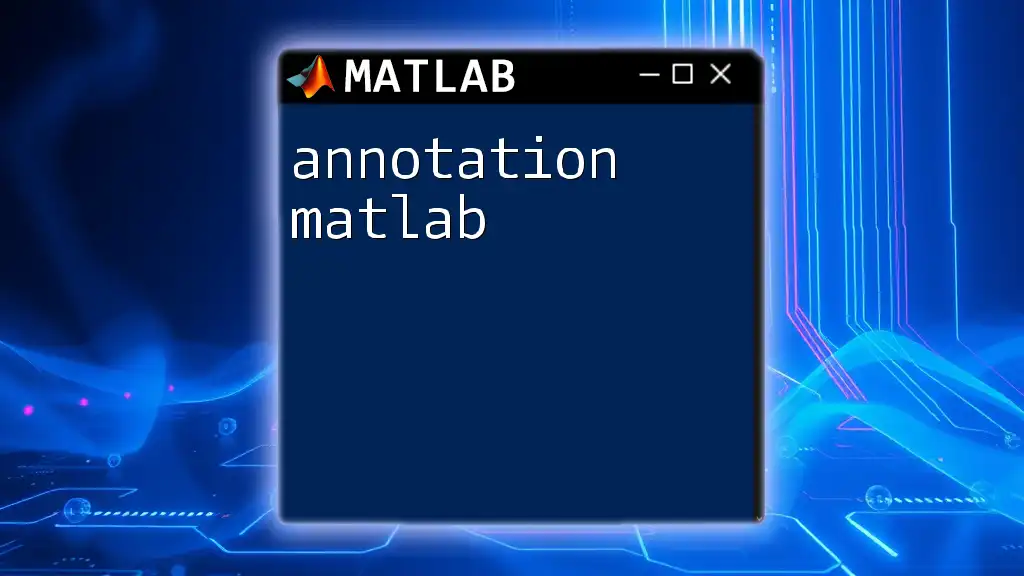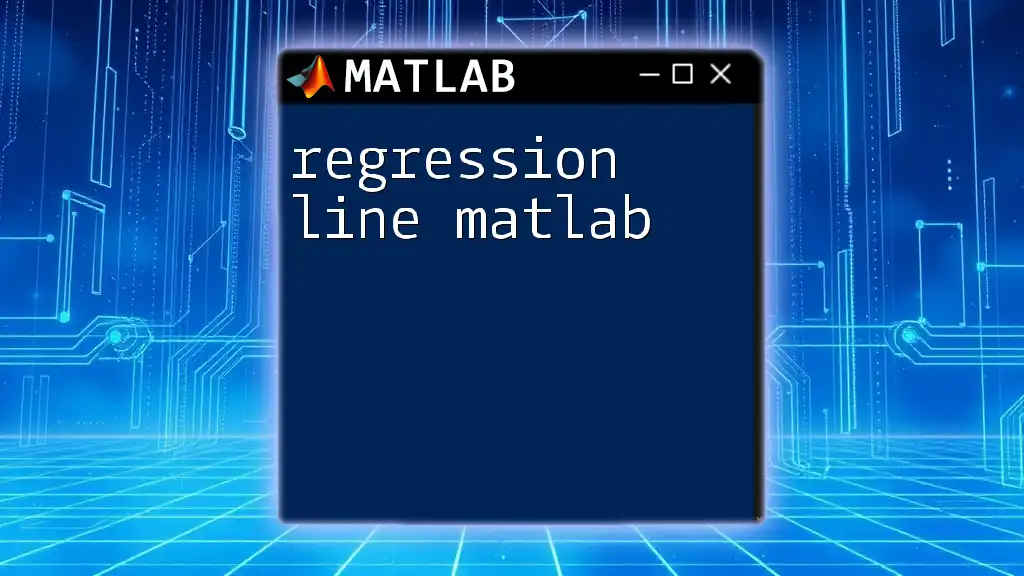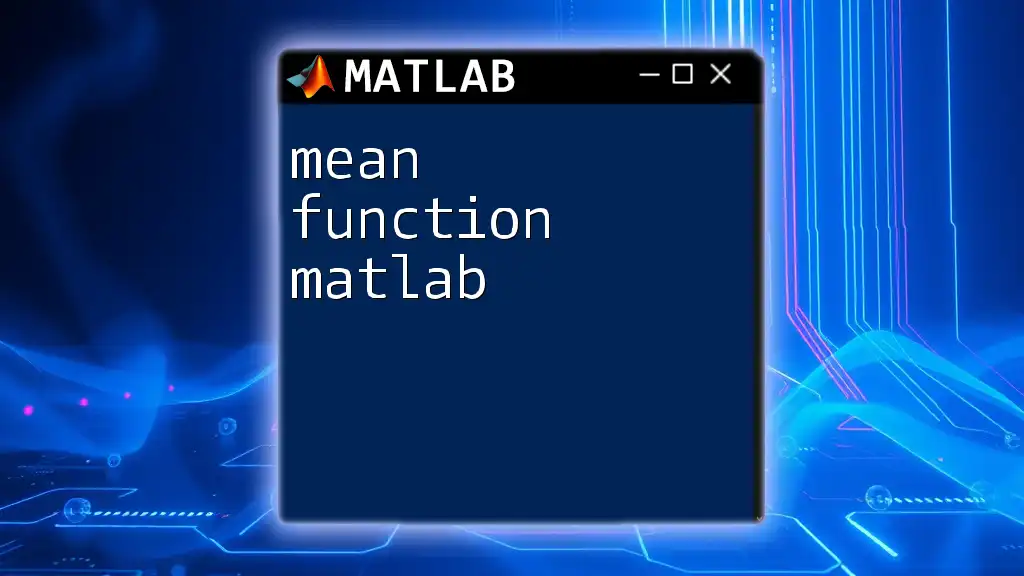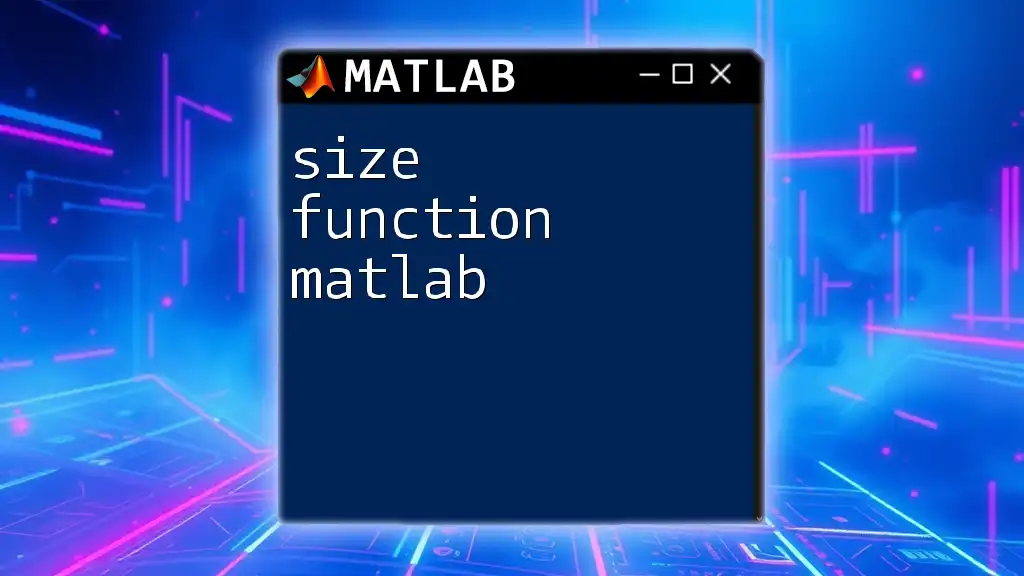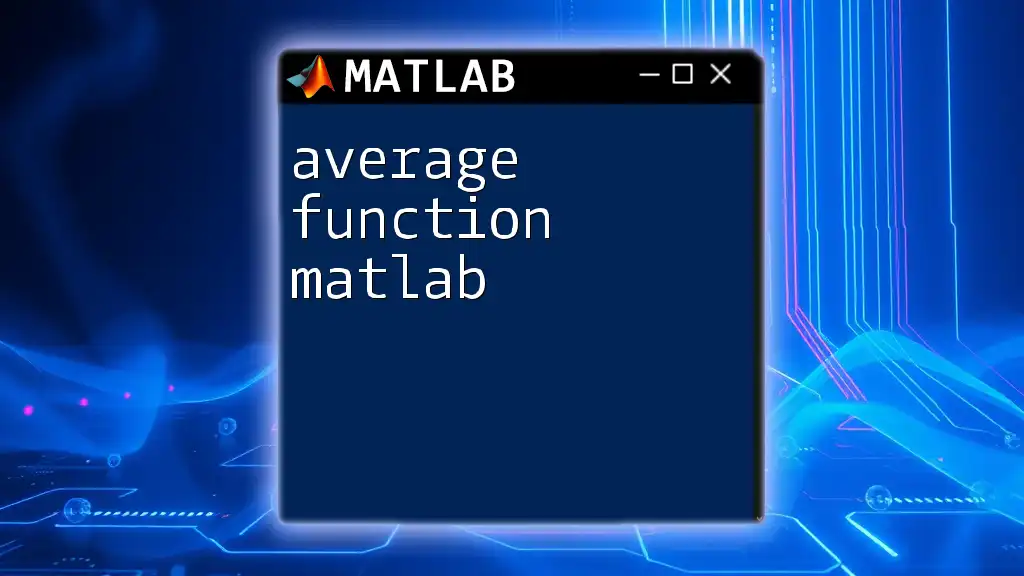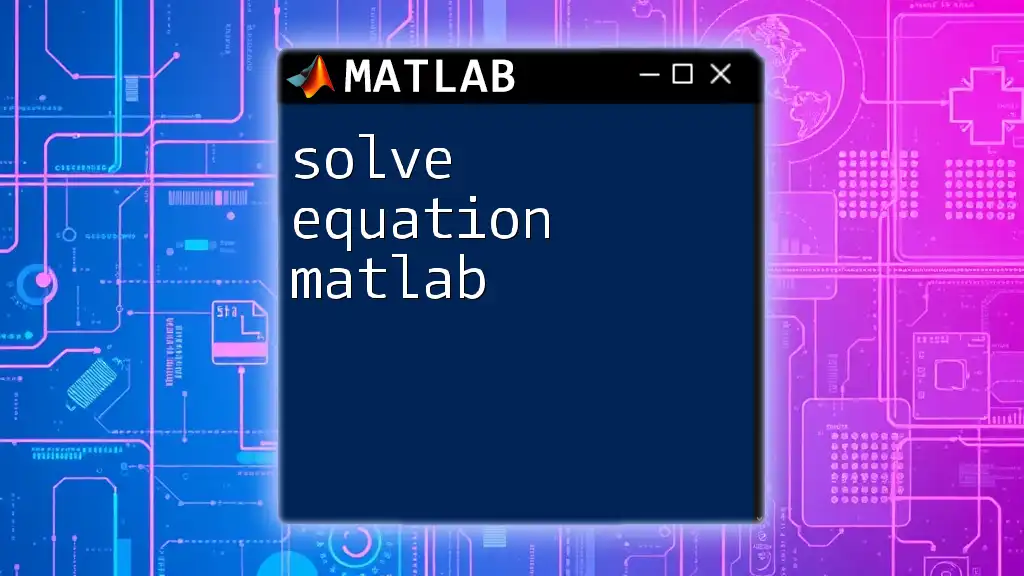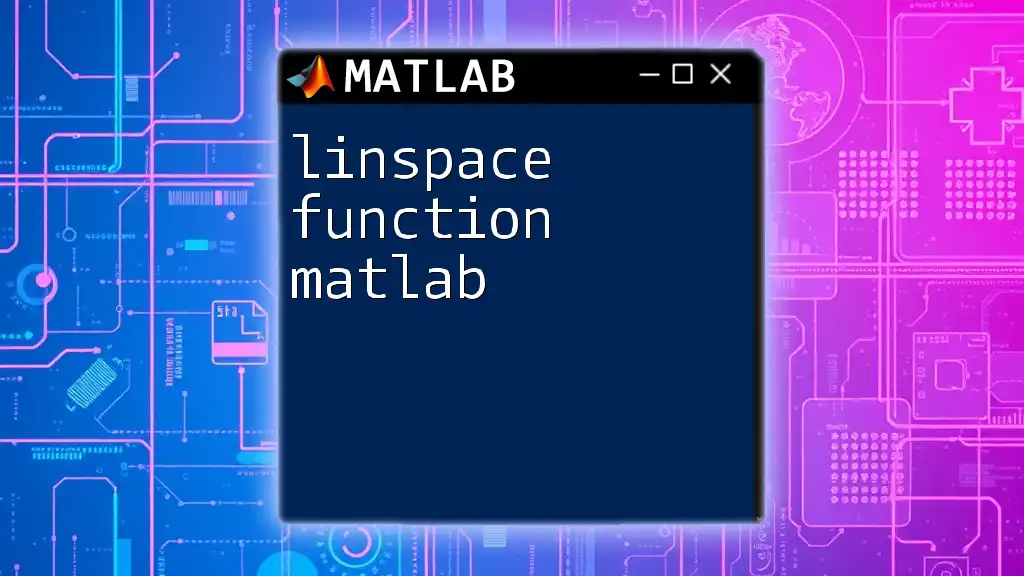Gaussian elimination in MATLAB is a method used to solve systems of linear equations by transforming the augmented matrix into row echelon form. Here’s a simple code snippet to illustrate Gaussian elimination:
% Define the augmented matrix
A = [3, 2, -4, 3; 2, 3, 3, 15; 5, -3, 1, 14];
% Perform Gaussian elimination
[n, m] = size(A);
for i = 1:n-1
for j = i+1:n
factor = A(j,i) / A(i,i);
A(j,:) = A(j,:) - factor * A(i,:);
end
end
% Display the obtained upper triangular matrix
disp(A);
Understanding Linear Systems
What is a Linear System?
A linear system consists of one or more linear equations involving the same set of variables. A linear equation is an equation that can be expressed in the form \( ax + by + cz + ... = d \), where \( a, b, c, ... \) are coefficients, and \( x, y, z, ... \) are variables.
For example, the following is a system of three linear equations with three variables:
\[ \begin{align*} 2x - y + z &= 8 \\ x + 3y - 2z &= 13 \\ x - y + 2z &= 3 \end{align*} \]
Matrix Representation of Linear Systems
In MATLAB, we can easily represent these equations using matrices. The coefficients of the variables form a coefficient matrix \( A \), while the constants on the right-hand side form a vector \( b \):
\[ A = \begin{bmatrix} 2 & -1 & 1 \\ 1 & 3 & -2 \\ 1 & -1 & 2 \end{bmatrix}, \quad b = \begin{bmatrix} 8 \\ 13 \\ 3 \end{bmatrix} \]

Fundamentals of Gaussian Elimination
Overview of the Gaussian Elimination Process
Gaussian elimination is a systematic method used to solve systems of linear equations. The process consists of two main stages: forward elimination and back substitution.
- Forward Elimination transforms the system into an upper triangular matrix.
- Back Substitution solves for the variables starting from the last equation.
Key Concepts to Understand
To perform Gaussian elimination, it's essential to grasp the concept of row operations:
- Swapping Rows: Interchanging two rows of the matrix.
- Scaling Rows: Multiplying all entries of a row by a non-zero constant.
- Adding Rows: Adding or subtracting a multiple of one row from another.
Additionally, pivoting enhances the stability of numerical methods. When performing elimination, we may encounter very small pivot elements, leading to significant round-off errors. By implementating pivoting—specifically partial pivoting—we choose the largest possible pivot in the current column during each step.
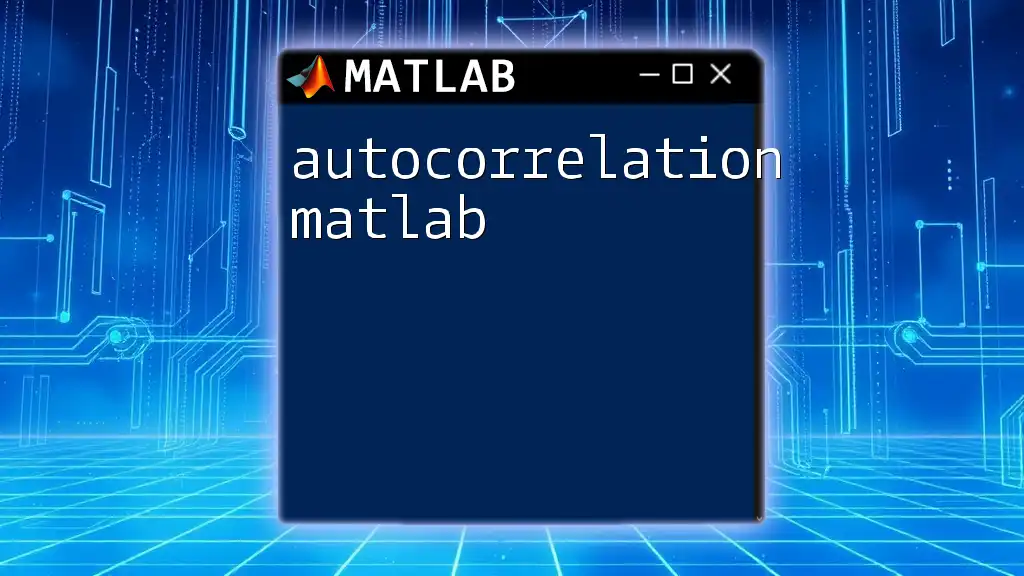
Implementing Gaussian Elimination in MATLAB
Setting Up Your MATLAB Environment
Before diving into coding, ensure you have MATLAB installed and running. Open MATLAB and familiarize yourself with its user interface. Understanding commands related to matrices will lay down the foundation for your success in implementing Gaussian elimination.
Basic MATLAB Commands for Matrices
Creating and manipulating matrices in MATLAB is straightforward. Use the following syntax to create a matrix and a vector:
A = [2 -1 1; 1 3 -2; 1 -1 2];
b = [8; 13; 3];
These commands create a matrix \( A \) and a vector \( b \) corresponding to our earlier example.
Writing the Gaussian Elimination Function
Now, let’s create a MATLAB function to perform Gaussian elimination. This function will take a matrix \( A \) and a vector \( b \) as inputs and return the solution vector \( x \).
function x = gaussianElimination(A, b)
% Combine A and b into an augmented matrix
Ab = [A b];
% Forward elimination
for i = 1:size(A, 1)
% Partial pivoting
[~, max_index] = max(abs(Ab(i:end, i)));
max_index = max_index + i - 1;
Ab([i, max_index], :) = Ab([max_index, i], :);
% Row operations
for j = i+1:size(Ab, 1)
m = Ab(j, i) / Ab(i, i);
Ab(j, :) = Ab(j, :) - m * Ab(i, :);
end
end
% Back substitution
x = zeros(size(b));
for i = size(Ab, 1):-1:1
x(i) = (Ab(i, end) - Ab(i, 1:end-1) * x) / Ab(i, i);
end
end
This function combines \( A \) and \( b \) into an augmented matrix \( Ab \). The forward elimination step creates zeros below the pivot, while the back substitution step calculates the values of the variables.
Example of Using the Gaussian Elimination Function
To see how this function operates, we can use our earlier example:
A = [2 -1 1; 1 3 -2; 1 -1 2];
b = [8; 13; 3];
x = gaussianElimination(A, b);
disp('The solution is:');
disp(x);
This code calls the `gaussianElimination` function and displays the solution.
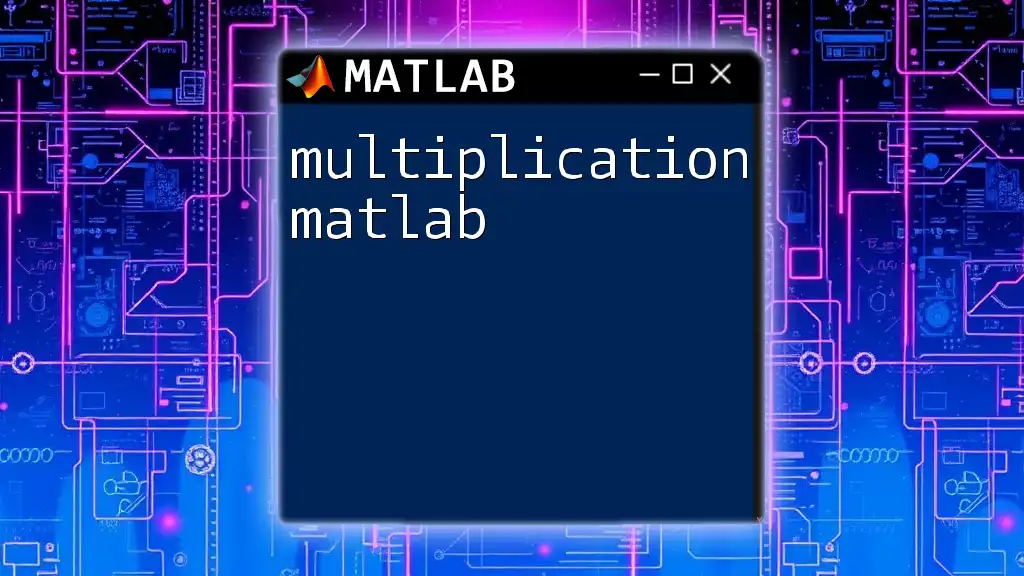
Testing Your Function
Validating Gaussian Elimination Implementation
After you implement your function, it’s critical to validate it with various linear systems. Start by testing simple systems and gradually move to more complex ones. Check the outputs against known solutions to confirm accuracy.
Performance Considerations
While Gaussian elimination is efficient for many problems, it is essential to be aware of its execution time, especially with larger matrices. In some cases, specialized functions in MATLAB, like `A\b`, may be more efficient. However, understanding Gaussian elimination deepens your comprehension of linear algebra.
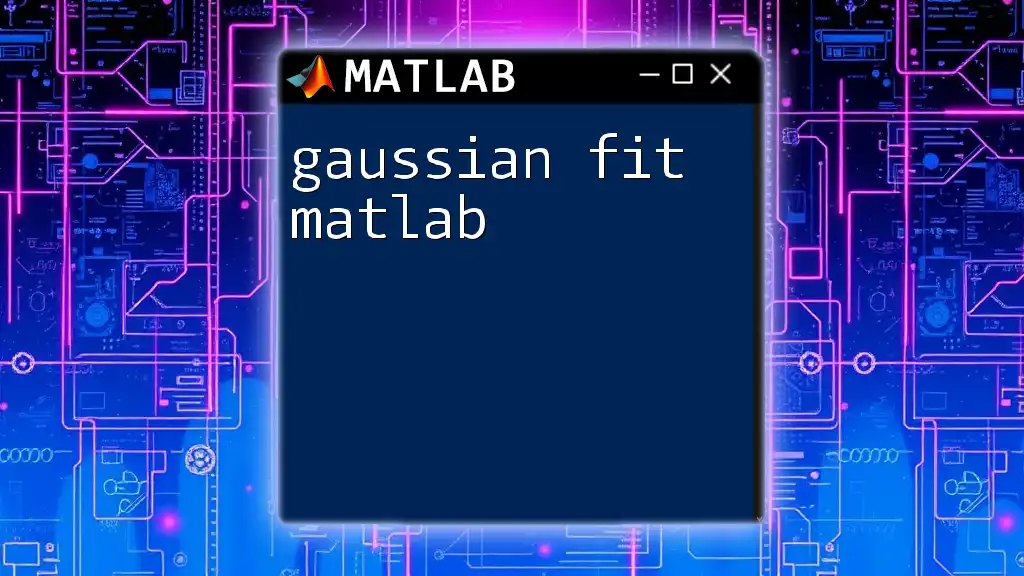
Advanced Topics in Gaussian Elimination
Partial and Complete Pivoting
Implementing partial pivoting is crucial for numerical stability, especially in cases with vanishing pivot elements. Complete pivoting—where both rows and columns are rearranged—further enhances stability but increases complexity. To implement partial pivoting in your function, ensure that during each iteration, you always choose the largest element available in the current pivot column.
Handling Singular Matrices
Singular matrices do not have unique solutions, which means Gaussian elimination can break down. In these cases, the determinant of the coefficient matrix is zero, indicating that the matrix is singular. It's often beneficial to perform checks using `det(A)` before proceeding with elimination, allowing you to adjust your method if necessary.
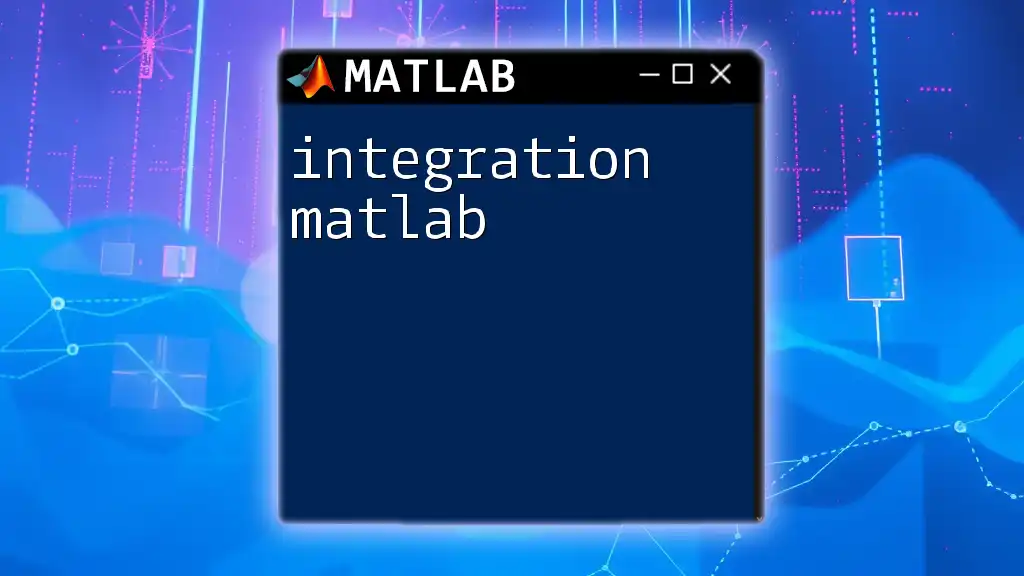
Conclusion
Understanding Gaussian elimination in MATLAB equips you with powerful tools to solve systems of linear equations effectively. The combination of forward elimination and back substitution is not just a computational technique—it's a gateway to mastering more advanced numerical methods.
As you progress, consider delving into more advanced MATLAB features and numerical analysis topics. Embrace the power of MATLAB in your mathematical explorations.

Additional Resources
To further enhance your knowledge of Gaussian elimination and linear algebra:
- Books and Online Courses: Look for resources that cover fundamental and advanced linear algebra.
- Libraries and Tools in MATLAB: Become familiar with MATLAB’s built-in functions for solving linear systems, which can save time and simplify your coding tasks.
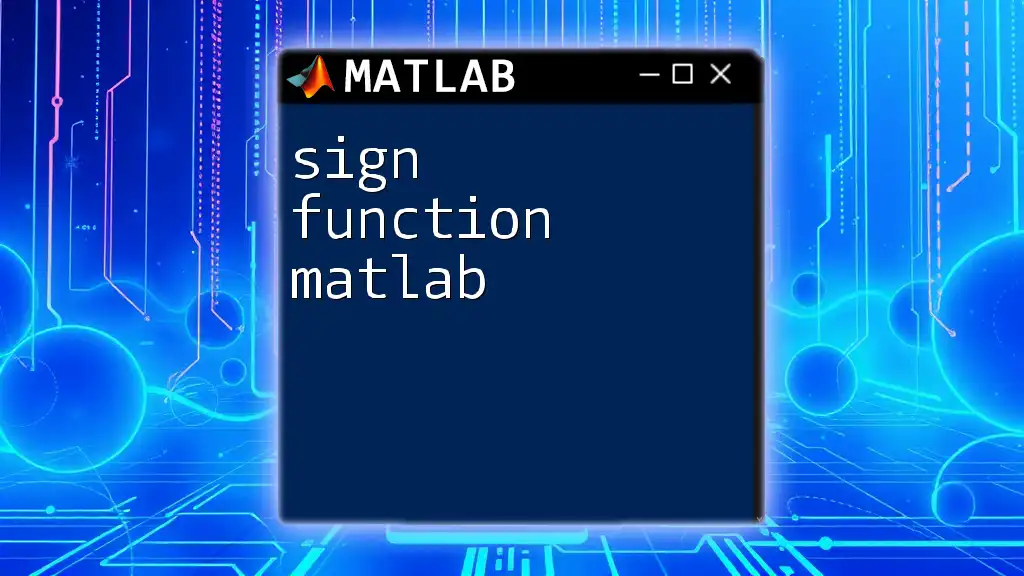
Call to Action
Join us for more insights into MATLAB commands and numerical methods. Whether you are a beginner or looking to refine your skills, our upcoming lessons and webinars will provide you with enriched knowledge and practical applications.








